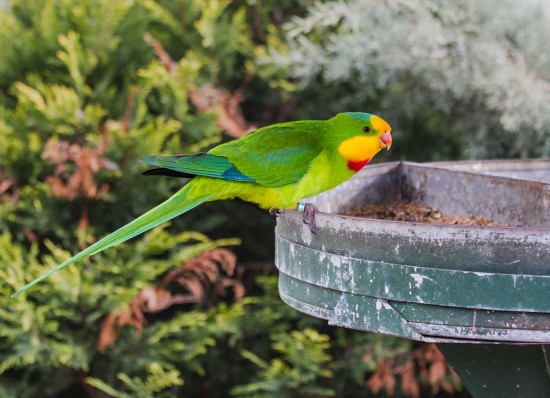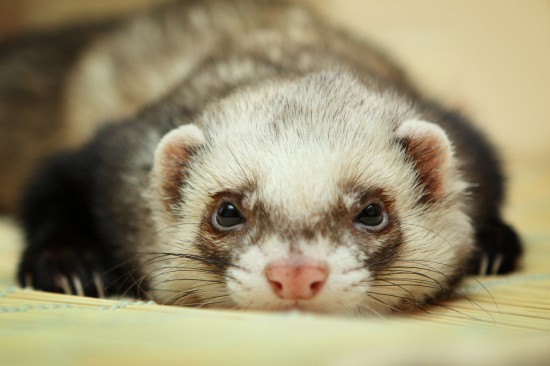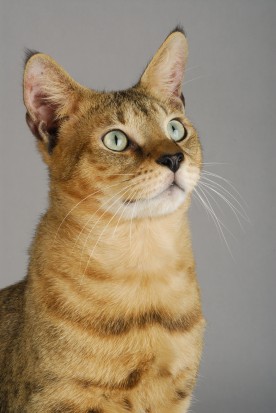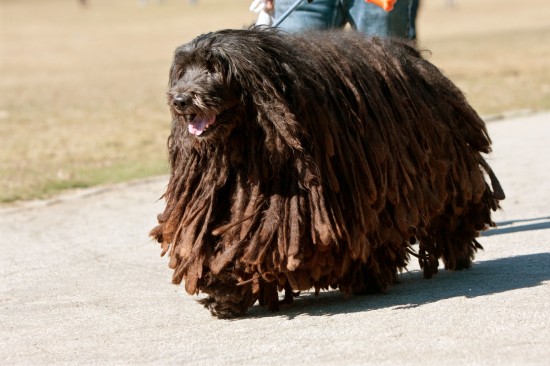Worm infestations are common in household pets and can cause pets to feel ill and become distressed. Some worms (roundworms) can also be passed onto humans, this is when they are accidently eaten, usually through people licking their fingers after playing with their cat or using plates that cat have just licked. There are three types of worm that can infect cats. These are roundworms, tapeworms and hookworms.
Roundworms live off the contents of the cat’s gut, effectively eating the cat’s food. They are also able to move around the gut freely and can grow up to 100m in length. Symptoms that may appear in cats which are infected with roundworm include: weight loss, diarrhoea, vomiting, a dull coat and lethargy. Most infected cats within the UK become infected with either Toxocara Cati (cat roundworm) or Toxocara leonina. Tapeworms, like roundworms, live inside the cat’s gut. However, instead of being able to move freely around the gut, they attach themselves to the intestinal wall. Tapeworms can grow to 500mm in length and look like long flat ribbons. The most common form of tapeworm that infects UK cats are Taeniaeformis (mouse tapeworm). Hookworms live off the cat’s blood and are a growing threat as many foxes are now infected with hookworm. The symptoms that cat infected with hookworms may display include: diarrhoea, anaemia, weight loss and a lack of energy.
Cats worms can infect in several different ways. Although, the main ways in which cats can become infested with worms is through fleas, hunting and contaminated soil. Besides this, cats can become infected with worms through their mother’s milk.
Cat’s become infested with tapeworms from fleas, because the adult tapeworm - which is living inside the gut - sheds segments of its body that is filled with eggs and these leave the body via the anus. The tapeworm eggs are the ingested by fleas, which are living within the cat’s environment. Therefore, once the larvae mature into an adult flea, it is already infected with tapeworm. These fleas then bite the cat, which reacts by scratching or biting and can accidently eat the flea, thus becoming infected with tapeworms and beginning the cycle again. This makes it important that cats are treated for both flea infestation, as well as being wormed, in order to help prevent reinfection.
Cat’s can also become infested with tapeworm through hunting. Rodents, mice, birds, slugs and snails can all be infected with tapeworm. When, for example, a mouse swallows tapeworm eggs, larvae filled cysts form within the liver. If a cat then eats the mouse while hunting, the larvae that were within the mouse develop into adult tapeworms within the cat’s gut. The adult worms then shed egg filled segments, which are transferred into the cat’s environment, beginning the cycle of infestation once again.
Contaminated soil is another way in which cats can contract worms, as both roundworms and hookworms can be present in soil that has been contaminated by infected faeces. Roundworm eggs are able to survive in soil for up to a year and cats can pick them up on their muzzles and paws. The roundworm eggs are then swallowed by the cat when it is grooming. Hookworm eggs, on the other hand, hatch while they are in the soil. The hookworm larvae then burrow through the cat’s skin (usually through the paws), in order to get into the cat’s bloodstream.
Kittens can also become infected with cat roundworm through drinking their mother’s milk. The mother cat swallows the worm eggs, which hatch within the gut. The roundworm larvae then penetrate the gut wall, entering the blood stream, until they reach the muscles, where they remain dormant until the cat start producing milk. The larvae are then transmitted to the kittens via the milk.
There are a varieties of cat wormers on the market to help eliminate worm infestations. Worm treatments come in a variety of forms, including tablet, liquid and spot on treatments. Liquid and spot on treatments are useful for cats that dislike taking tablets. The spot on wormers are especially useful in these cases, as they just need to be applied to the back of the cat’s neck and the active ingredient is then absorbed through the skin and into the bloodstream. UK-based online pet supplies store has a range of different wormers available from brands such as Bob Martin, Droncit, Panacur and Johnsons.
Cat wormers are really important to make sure that your cat does not contract a serious worm infestation and become ill and distressed. It is important to make sure that they are suitably treated, in order to prevent reinfection.

 Why Choose A Boxer Dog
Why Choose A Boxer Dog
 Barraband Parrot (superb Parrot)
Barraband Parrot (superb Parrot)
 8 Signs Your Ferret May Be Unwell
8 Signs Your Ferret May Be Unwell
 Ten Questions To Ask Your Vet During Your Dog’s Annual Check-up
Ten Questions To Ask Your Vet During Your Dog’s Annual Check-up
 Ten Tips For Keeping Your Dog Calm And Comfortable On New Year’s Eve
Ten Tips For Keeping Your Dog Calm And Comfortable On New Year’s Eve
 Ten 10 Ideas For Involving Your Dog In Your Wedding, Civil Ceremony Or Vow Renewals
Ten 10 Ideas For Involving Your Dog In Your Wedding, Civil Ceremony Or Vow Renewals
 Deaf Dog, Hearing World - Living With Your Deaf Dog
Deaf Dog, Hearing
Deaf Dog, Hearing World - Living With Your Deaf Dog
Deaf Dog, Hearing
 Why Might Female Dogs Display Humping Behaviour?
Why Might Female
Why Might Female Dogs Display Humping Behaviour?
Why Might Female
 Does Your Dog Beg For Snacks ? It Could Be Why Theyre Piling On The Pounds
Does Your Dog Beg
Does Your Dog Beg For Snacks ? It Could Be Why Theyre Piling On The Pounds
Does Your Dog Beg
 More Information On The Chausie Cat Breed
More Information
More Information On The Chausie Cat Breed
More Information
 How To Keep A Young Bergamascos Coat Looking Good
How To Keep A You
How To Keep A Young Bergamascos Coat Looking Good
How To Keep A You